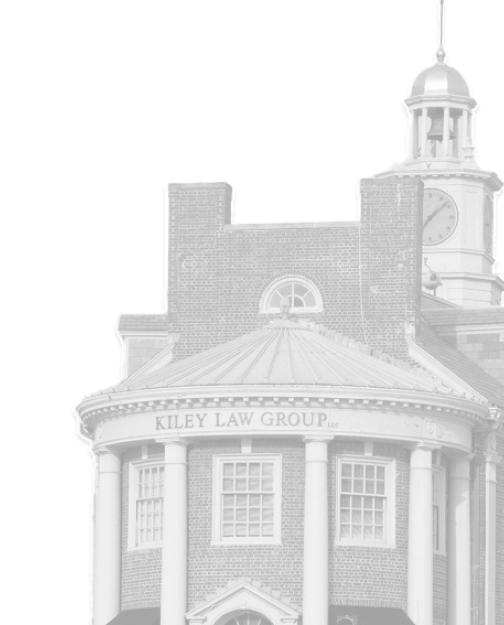Side-impact collisions — also known as T-bone accidents — happen when the front of one vehicle strikes the side of another. These crashes are especially dangerous for passengers seated on the side of impact, where there’s often less protection than in the front or rear.
They’re most common at intersections, during lane changes, or when one driver fails to yield. The injuries and vehicle damage can be severe — and the legal questions around fault aren’t always straightforward.
Some of the most common causes include:
Even a brief moment of inattention can lead to devastating results — especially at higher speeds.
Because side panels offer less protection than bumpers or engine compartments, injuries in side-impact collisions can be especially serious:
Children seated in the back or passengers on the struck side are often most at risk.
Fault depends heavily on the circumstances — especially at intersections. If a driver ignored a traffic signal or failed to yield, they’re likely liable. But it’s not always clear-cut, and both parties may have conflicting stories.
That’s why police reports, witness statements, traffic camera footage, and even vehicle damage patterns can be crucial to proving fault and pursuing compensation.
If you were involved in a T-bone crash — even if it seemed minor — it’s important to:
An experienced car accident attorney can help you navigate the next steps and protect your rights.

